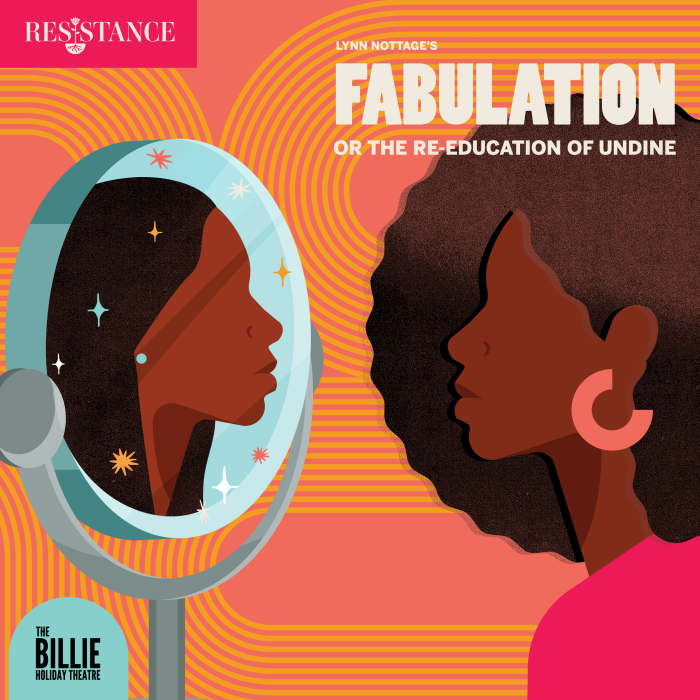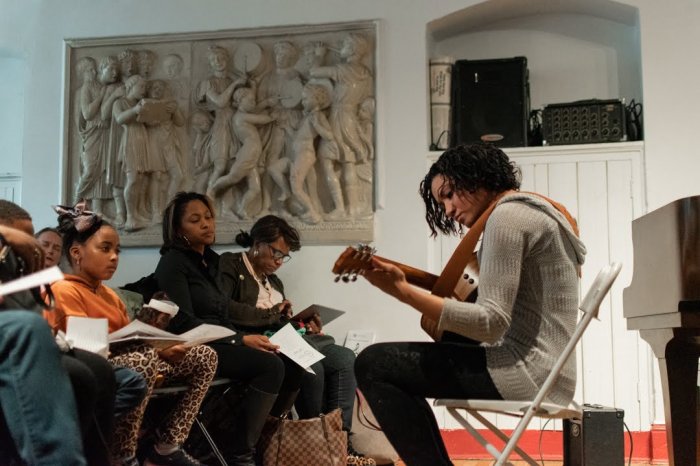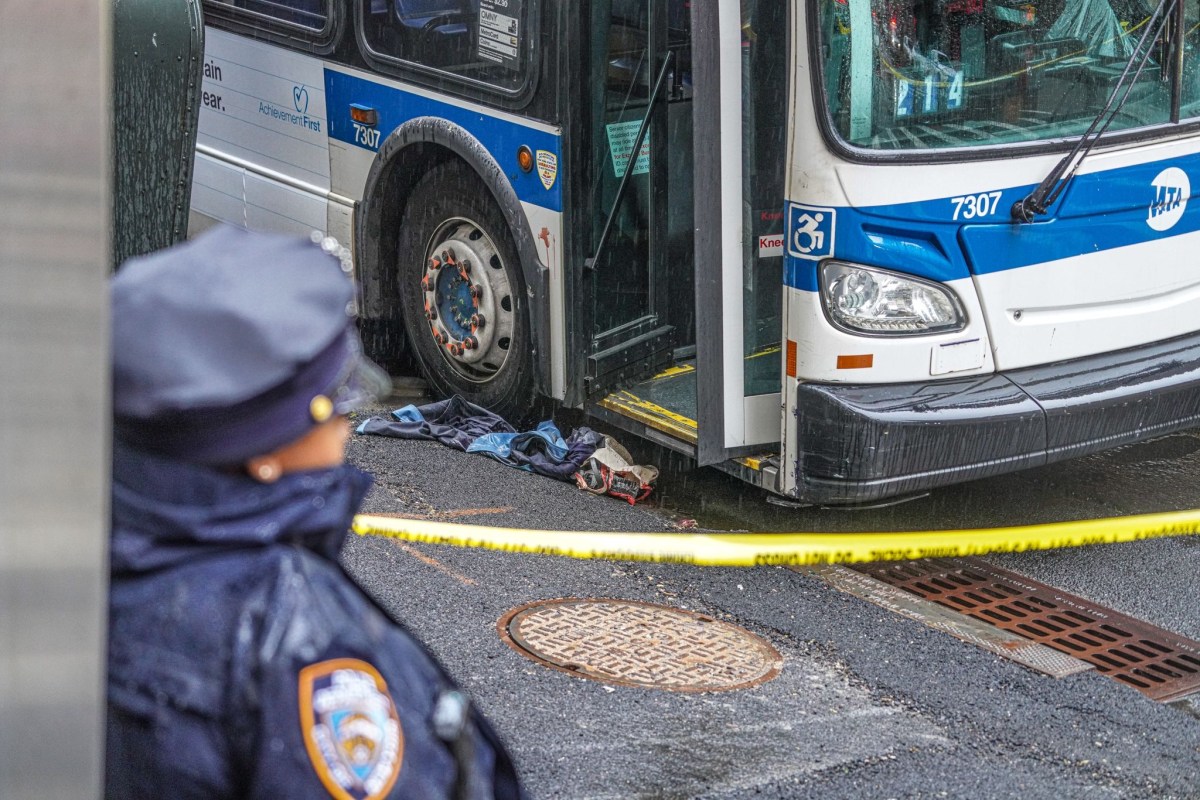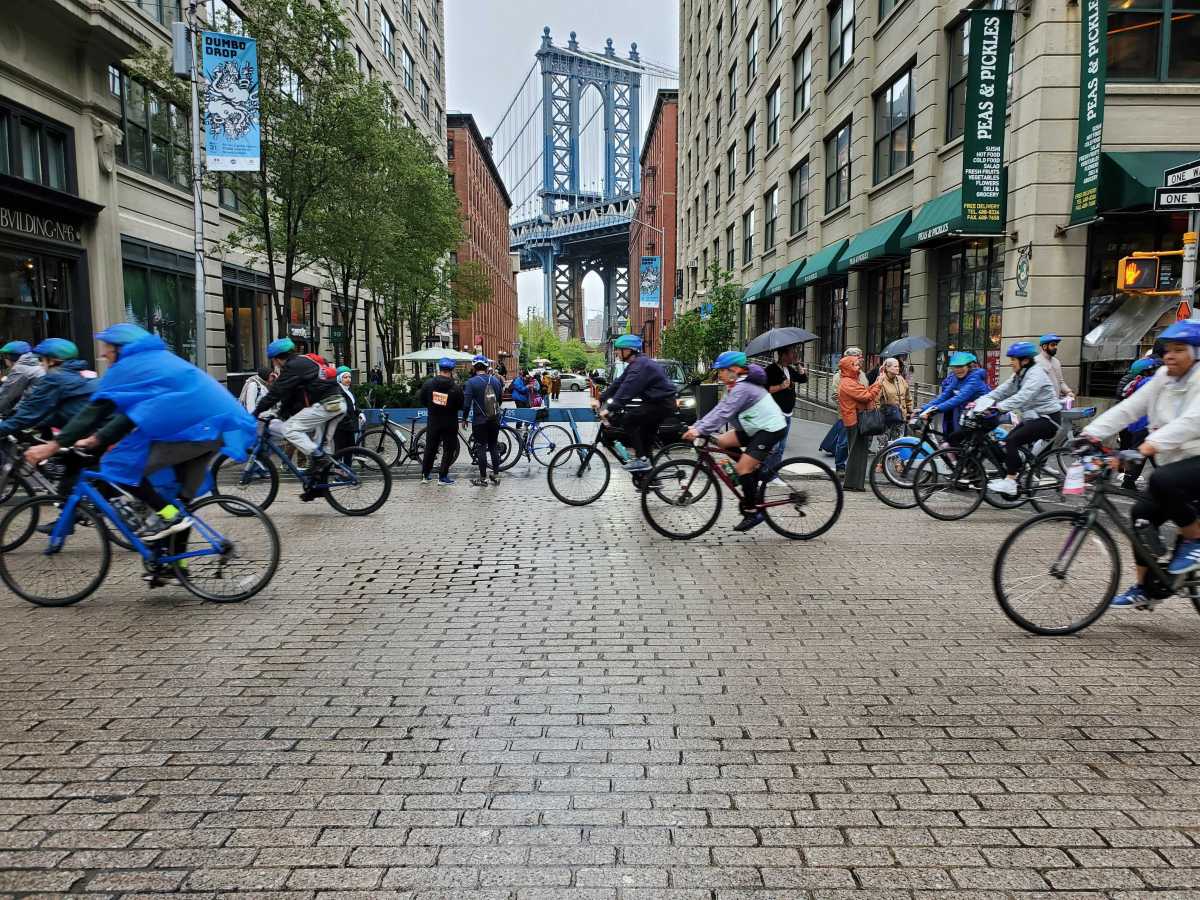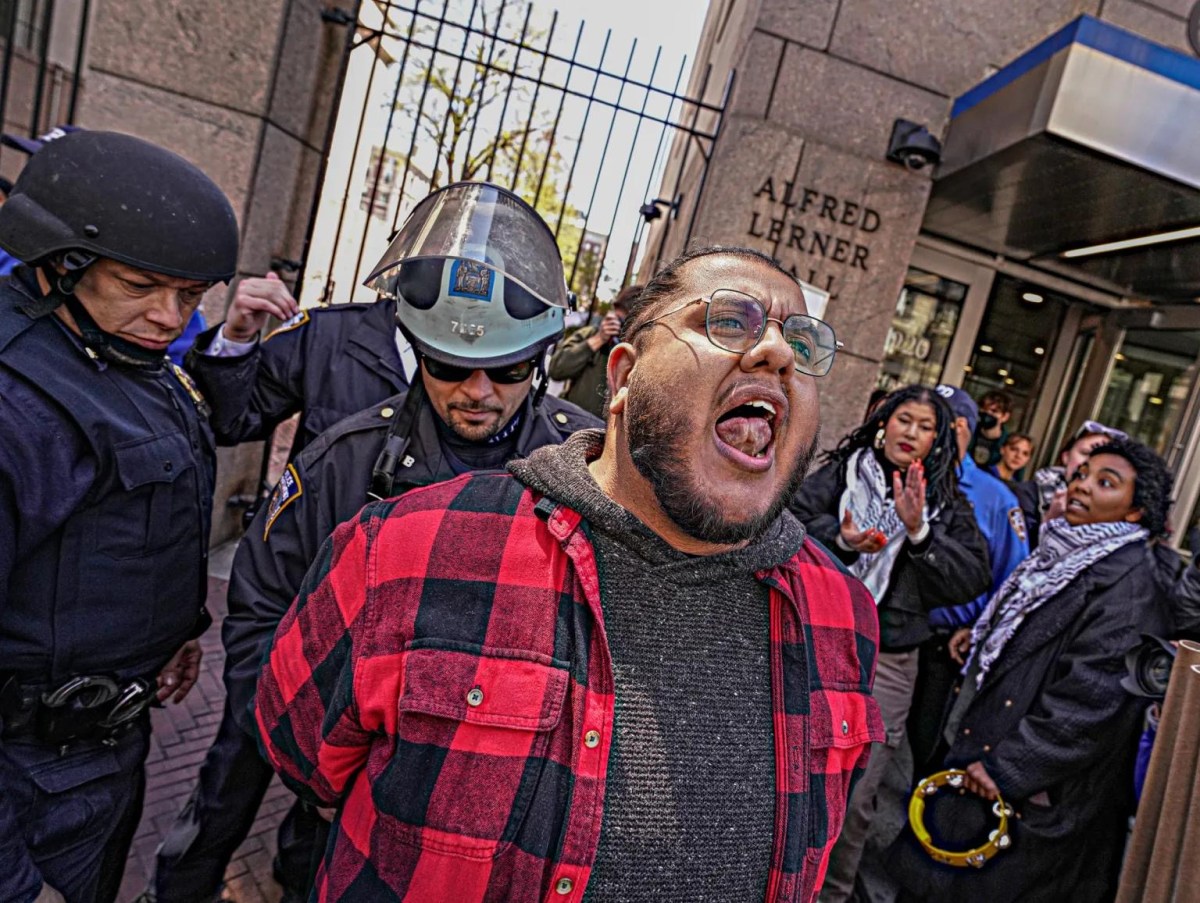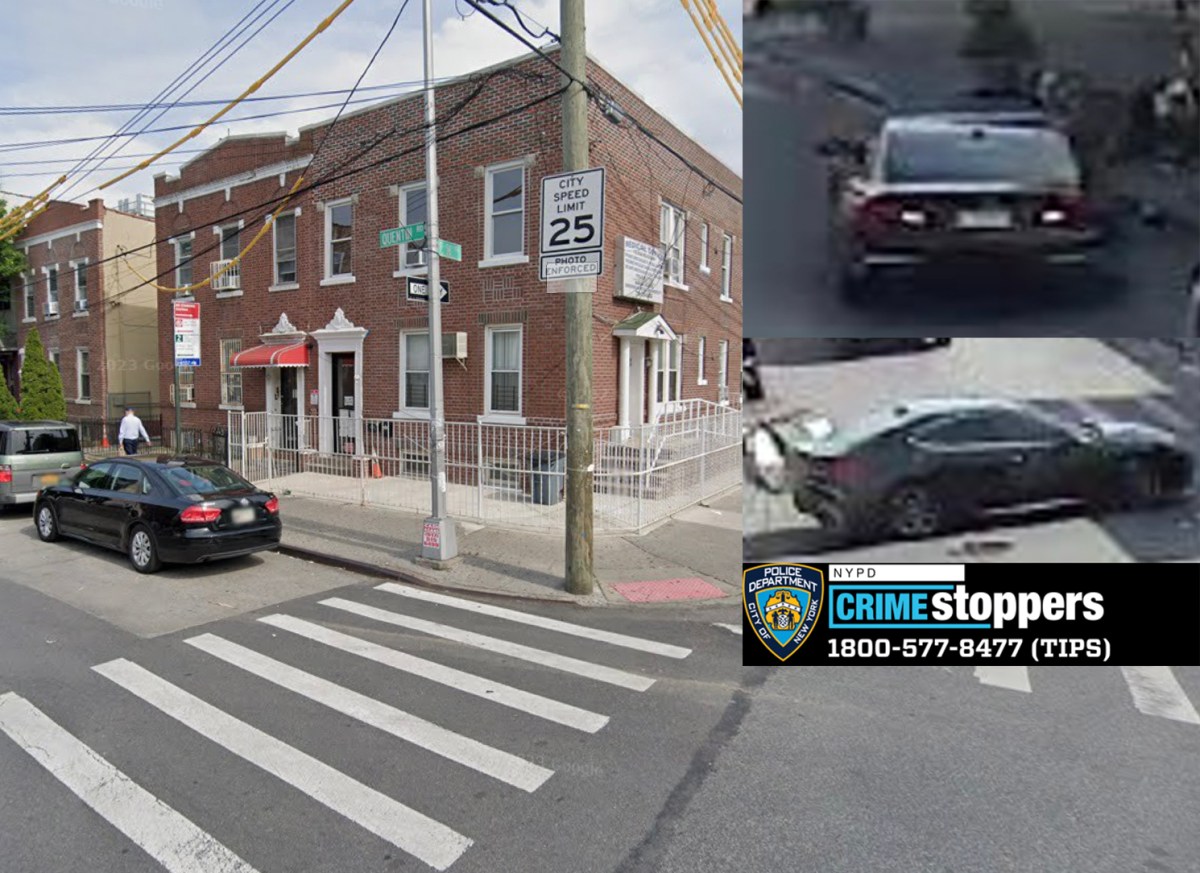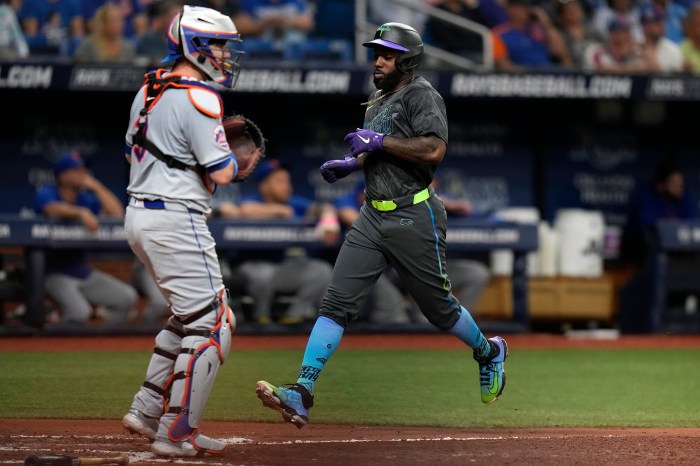To the Editor,
New York City is a place distinguished for the scenery full of tall skyscrapers, it is known for the fast-paced vibrant life that consumes every street. While living in New York City yields many cultural benefits it is becoming increasingly expensive to live there putting at risk minority populations. Increased rates of gentrification are continuously threatening food security and establishing food deserts in many regions of Brooklyn. Food deserts are regions in urban areas where it is difficult to obtain affordable and good-quality fresh foods. Counts of food deserts have been increasing as a result of gentrification and higher prices of food in expensive supermarkets have left low-income minority populations with unhealthy eating alternatives.
A growing solution to the threat of food security in low-income urban regions has been has been urban farming. Over the past few years, urban farming in New York City has been a key in sustaining and providing healthy food at low costs to populations with limited access to healthy food. Oftentimes, the costs due to transportation and distribution are what inflate prices of produce and other foods which then cause inaccessibility to low-income households. The hyperlocal production of food in urban farms offer food at lower prices because the transportation costs are cut, therefore healthy fresh produce no longer become a luxury to people in low-income urban areas.
Many predominantly Latin American and African American neighborhoods have witnessed a transformation in the access to food thanks to the practice of urban farming. The Bedford-Stuyvesant neighborhood in Brooklyn, NY was once a food desert with little access to fresh produce, but it has quickly seen a tremendous boom in access to fresh foods thanks to the efforts of urban farms like Myrtle Village Green. Myrtle Village Green has been successful in fostering a community while providing food to low-income people of color in the greater Bedford-Stuyvesant neighborhood. The plot of 20,000 square feet has seen over 50 varieties in vegetables and fruits that have provided the community with 1.3 tons of food per growing season. Supplying the community with access to fresh and healthy foods has mitigated the impacts of gentrification in the community of Bedford-Stuyvesant. Myrtle Village Green utilizes the plot of land that would otherwise have been purchased and converted into luxury apartments and gives back to the community by providing fresh produce grown locally.
Urban Farms like Myrtle Village Green, that use abandoned land plots to increase food security by providing fresh foods to communities in need. Urban farms, along with other projects like GrowNYC and Gotham Greens, have been establishing and successfully providing food for many New York City residents at low-cost. Urban farming practices are currently tackling the growing food security crisis in urban regions and increasing such practices will especially prevent low-income communities from consuming foods detrimental to their health.
Christian Madrigal
Bedford-Stuyvesant
Voice your concerns
To the Editor,
In response to Elaine Kirsch (“Nix red and blue,” Letters to the Editor, Nov. 30), I agree that the nation is in a precarious position, and I agree with the reforms you’ve proposed. It would be great to abolish parties, though that’s not about to happen, as you said. We may be able to do an end run around the Electoral College if enough states agreed to have their electors required to vote as the national popular vote dictates. Not easy in the small states that feel unrepresented, but it’s a goal to work toward.
Now that new blood is coming into the House, voting reforms and election reforms will be proposed, and some may pass. Until that happens the citizen’s job is not to merely vote — though that is crucial. We need to stay on top of the issues that matter most to us, and see to it that our representatives and senators, as well as state and local elected officials, know our opinions.
I call my elected officials so frequently that when they hear my name, they don’t even ask for my contact information any more. It’s nice to be recognized, but that says to me that so few people take advantage of the right to call and express our opinions, that the person who does gets to be a fixture. More people should be calling every day, to make sure our elected officials hear what we want and know they will only be re-elected if we are pleased with their performance.
Writing to the editor is another good way to get our voices heard. If every voter who cares about preserving democracy and having an equal say did these things, I believe we’d have a lot more influence. Working on campaigns, calling, writing, etc., are essential tools of citizenship, in addition to voting every year, not just in presidential elections.
It’s my sincere hope that we can also bring back the study of civics in schools, beginning at the elementary levels and all the way through high school. If enough Americans knew what their rights really were, we’d all make sure to fight for them.
Celeste Leibowitz
Sheepshead Bay
War on Christmas
To the Editor,
I see that the anti-Christmas, politically correct gang is at it again. Over the past few days, since Thanksgiving, all aspects of the season have been referred to as the “holiday.” Holiday lights, holiday decorations, and in Rockefeller Center, the “Big Tree” lighting ceremony occurred. I guess if one says Christmas, one would immediately turn into a gelatinous glob.
I cannot see why so many people’s noses are out of joint. We are supposedly a free society, able to pass happy Hanukkah greetings and happy Kwanzaa wishes along. If we err saying Merry Christmas, we are looked at like we were hooligans.
I think this modified paragraph from Dickens, is apropos:
“If everyone goes about with Happy Holidays on their lips, they should be boiled in their own Christmas pudding, and buried with a stake of holly through their hearts.”
Merry Christmas to all and may God bless us — every one!
Robert W. Lobenstein
Marine Park
Old-fashioned treat
To the Editor,
It is refreshing to hear that the Metropolitan Transportation Authority has begun running a series of nostalgia trains and buses to help celebrate the holidays in December. The “Shoppers Special” consisting of eight cars from the 1930s runs 10 am and 5 pm on the F train between Second Avenue, and A, C, D Harlem 125th Street stations in Manhattan Sundays though Dec. 24.
Riding the old subway cars reminds me of a time when it was common to find both penny gum and soda machines dispensing products at many subway stations. Clean and safe bathrooms were readily available.
It was a time when people respected authority and law. Previous generations of riders did not litter subway stations and buses by leaving behind gum, candy wrappers, paper cups, bottles, and newspapers. No one would openly eat pizza, chicken, or other messy foods while riding a bus or subway. Everyone paid their way and there was no fare evasion.
Previous generations of subway riders survived daily commutes with no air conditioning. In 1967, city transit introduced the first 10 air-conditioned subway cars operating on the old IND system (independent municipal built, financed, and operated A, C, E, F, and G lines). It was not until 1975 that air-conditioned subway cars were introduced on the old IRT (the city’s private franchised Independent Rapid Transit system operated 1, 2, 3, 4, 5, 6, 7, Franklin Avenue and Times Square shuttle lines). Subsequently, this also included the old BMT (the private franchised Brooklyn Manhattan Transit system B, D, J, L, M, N, Q, R, and Z lines). It took until 1982 to retrofit all the original IRT “Redbird” series subway cars. By 1993, 99 percent of the city’s 6,000 subway cars were air conditioned with the exception of a handful running on the 7 Flushing line.
Fast forward to today, and you can see how public transportation is still one of the best bargains in town. Riders can count on air conditioned buses, subway, and commuter rail cars working close to 99 percent on a daily basis. Larry Penner
Great Neck


